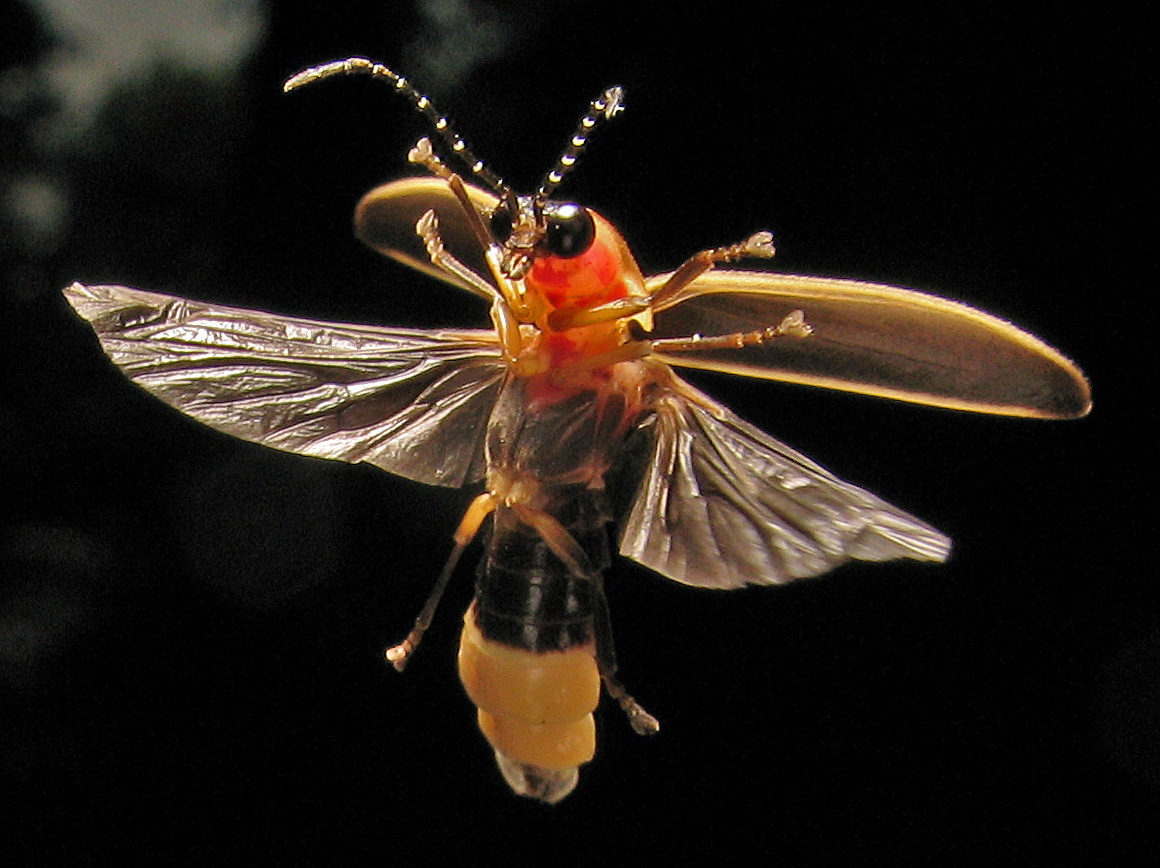
Adults only live for a few weeks, and their main goal is to mate.įor this reason, most lightning bugs either feed very little or nothing at all. Lightning bugs spend most of their lives as larvae, and this is when most feeding occurs. Other larvae –lightning bugs are also known to prey on each other in adult and larva stages.Slugs –just like snails are part of the lightning bugs staple diet.Snails –are found in the natural habitats of lightning bugs and act as a staple diet.In their larvae stage, lightning bugs feed on: Adults eat little, and sometimes they don’t eat at all. As larvae, they are carnivorous and prey on other animals and insects. The diets of adult lightning bugs and those of their young differ. A large portion of their lives is spent as larvae. Lightning bugs possess the ability to glow. Females of the species Lamprigera can grow close to the size of your palm. Kleptoparasitism is where an animal acquires resources from another animal, normally food, through theft.ĭo you know that there are giant lightning bugs? Yes. The female fireflies exhibit a behavior known as kleptoparasitism. In some species of lightning bugs, females sneak onto spider webs to steal prey. Their adult counterparts’ diets vary as, like bees, they have a sweet tooth –they feed on nectar. Glowworms are carnivorous and prey on snails, slugs, and other larvae. Some by burrowing themselves underground, and others prefer to find a cozy place under tree barks. Few are active both at night and daytime.ĭuring winter, glowworms hibernate. The offspring of lightning bugs are known as glow worms.Īll species of lightning bugs glow in their larvae stage, whereas on reaching maturity, not all possess the power to light.įireflies are primarily nocturnal and are therefore active at night.

Lightning bugs inhabit wetland areas or marshes where their offspring (larvae) will have plenty of food sources. They excrete toxins similar to those found in poisonous toads, and therefore predators tend to avoid eating them. Most lightning bugs are distasteful to predators. They use their unique ‘super power’ of glow to find mates, lure prey, or warn predators of their bad taste or toxicity. But when observed from a close distance, it actually glows green. Some species found in the eastern parts of the United States appear to produce a blue-ish color from afar. Most either produce a green, yellow or pale red color. The color of their glow varies from species to species. They are soft-bodied beetles that glow in the dark from their low abdomen (belly).ĭid you know there are over 2,000 different species of lightning bugs? Surprisingly, not all of them glow in their adult stage. Insert the “flame“ end of the battery operated tea light into the larger end of the egg.Lightning bugs or fireflies are actually beetles. Using glue, adhere two large moving eye balls to the end of the shorter egg, just below the antenna, and let the glue dry completely.Ĩ. Curve the beaded pipe cleaners into rounded wing shapes.ħ. Bring the pipe cleaner back down into the egg and trim the wire, leaving a 1“ tail. Bring the pipe cleaner back up through the next hole and thread on 13 pony beads. Thread 13 pony beads onto the pipe cleaner then bring it back down through a hole.
Lightning bugs full#
Thread a full length of pipe cleaner from inside an end hole (from step 2), keeping a 1“ tail inside of the egg half. Repeat for the second set of holes and again for the set of holes on the shorter egg half. Thread a pipe cleaner down into a set of holes from step 1 and back out. Cut (3) 4“ lengths of bright colored pipe cleaner.

Thread the pipe cleaner down into the first hole from Step 3 and back out of the second hole. These holes should line up across from the previous holes.Ĥ. This is where the antenna will attach, lining up with the wings of the longer half of the egg. Turn the shorter egg and puncture 2 holes in a line approximately 1/4“ from the edge of the egg. These holes should line up across from previous holes.ģ. Turn the longer egg and puncture four holes in a line, starting approximately 1/4“ from the edge of the egg. Puncture 2 holes into the shorter side of the other half of the egg.

These holes are where the legs will be located. The set of holes farther in along the egg have a shorter distance between them. Using the bead reamer, puncture 4 holes into the side of the egg. Lay the longer portion of the egg onto a thick piece of cardboard or a thick mat to preserve the counter surface.


 0 kommentar(er)
0 kommentar(er)
